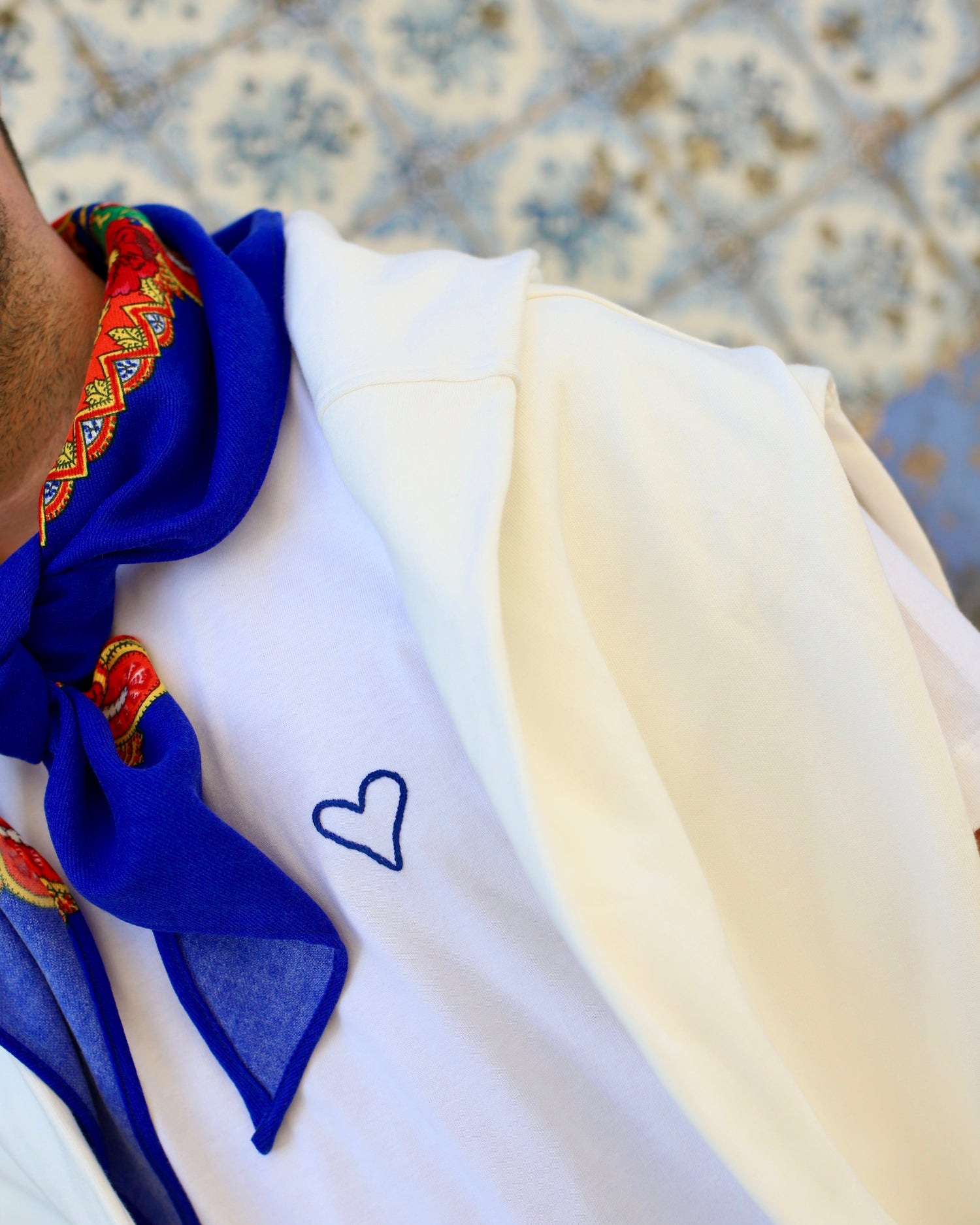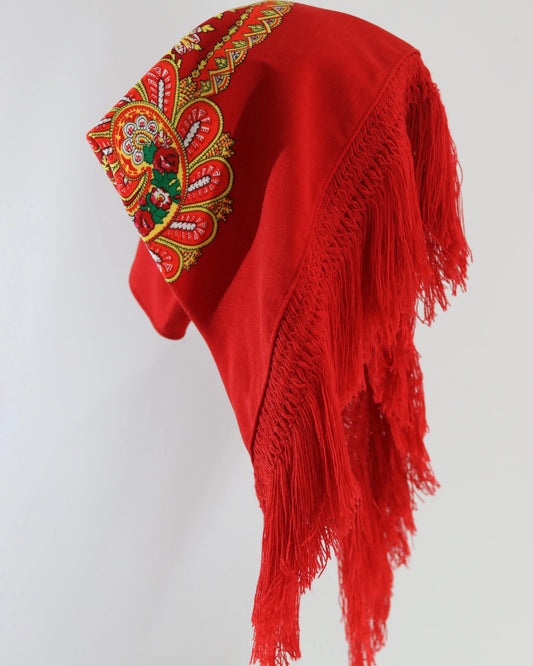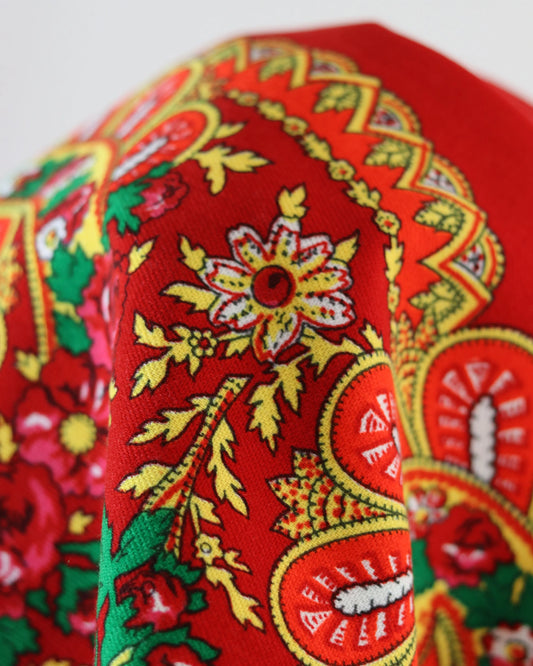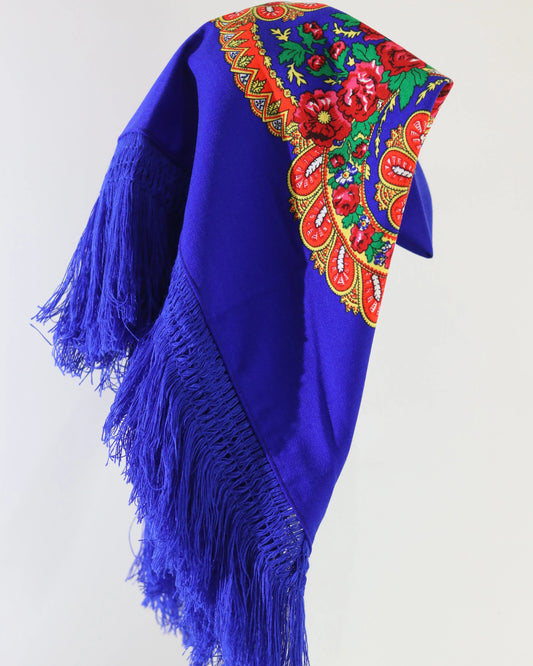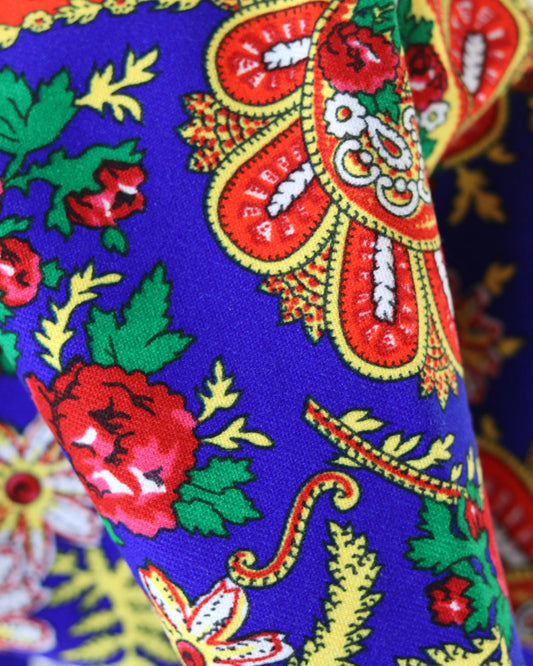The history of the Festas d'Agonia: how it all began
The Festas d'Agonia (Feasts of Agonia) are one of Portugal's most iconic events and a unique expression of the cultural identity of Viana do Castelo and the Minho region. These celebrations, which combine faith, tradition, and joy, have a rich history dating back to the 18th century. In this article, we explore the origins and evolution of this iconic pilgrimage, which today attracts thousands of visitors every year.
Religious origins
Devotion to Our Lady of Agony arose from the deep connection between the fishing community of Viana do Castelo and the sea. Fearful of the dangers they faced on their journeys, seafarers sought divine protection to return safely. In 1744, the Brotherhood of Our Lady of Agony was created, which would become the foundation of religious celebrations dedicated to the patron saint of fishermen.
The construction of the Chapel of Our Lady of Agony in 1751 marked a turning point. This small temple became the epicenter of pilgrimages and processions that, over the centuries, evolved into the festivals we know today. The first documented record of a procession in honor of Our Lady dates back to 1783, beginning a tradition that continues to this day.
The evolution of celebrations
Initially, the Festas d'Agonia were strictly religious, limited to processions and solemn masses. However, over time, the celebrations expanded to include cultural and popular elements, reflecting the richness of Minho tradition. In the 19th century, floral carpets began decorating the streets of Viana do Castelo, creating a visual spectacle that complemented the solemn procession. These carpets, made of flowers, sawdust, and other natural materials, are today one of the festival's biggest attractions.
Another notable element was the procession to the sea and river , introduced in the late 18th century. During this event, the image of Our Lady of Agony is carried in richly decorated fishing boats in a ceremony symbolizing the blessing of the waters and the seafarers. This moment is today one of the most exciting and anticipated of the festival.
The integration of popular culture
The transition from festivals to events combining faith and popular culture took hold in the 20th century. The costume festival , introduced in the mid-century, is one of the best examples of this integration. In this event, women wearing traditional Vianesa costumes parade through the streets, displaying the rich embroidery and gold typical of the region.
Traditional music also gained prominence, with Zés-Pereiras , concertinas, and folk festivals livening up the celebrations. These elements added a unique festive dimension, making the Festas d'Agonia an event for all ages and tastes.
Recognition and internationalization
During the 20th century, the Festas d'Agonia gained national and international prominence. They became a meeting point for the Portuguese diaspora, especially for Minho residents spread across the globe. Today, these festivals are a true cultural heritage of Viana do Castelo, attracting thousands of visitors and standing out as one of the largest events in northern Portugal.
In 2013, the Festas d'Agonia were recognized as Intangible Cultural Heritage of Municipal Interest , reinforcing the importance of preserving and promoting this tradition.
The magic of the Festas d'Agonia
Today, the Festas d'Agonia are a vibrant celebration that unites faith, tradition, and modernity. From the moving processions to the music and fireworks displays, each moment reflects the soul of Viana do Castelo. More than just an event, these festivities are an unforgettable experience for those who experience them.
Learn more about the elements that make up these iconic festivals, such as the Floral Carpets: ephemeral art that enchants Viana or the Vianesa Costumes: a symbol of elegance and identity .



